Got plates for the i8

drainoil said:914Driver said:
Wow, just wow.
Yeah, that's just stupid. Wrenching near the oil pan he should have yanked up the front end.
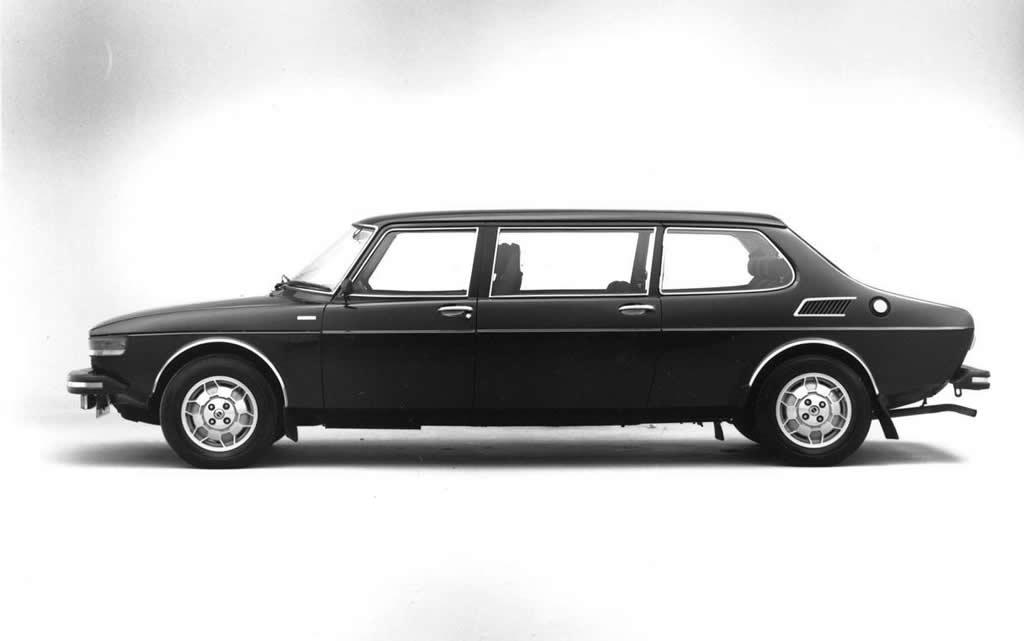
Duke said:
This was probably taken with slide film meant for tungsten lighting, but oh well.
Color slides from that time all age like that.
Oil paint is one of the most stable of visual mediums. This is a self portrait of my dad, circa 1950.

NickD said:I forgot how funky Coffin external feedwater heaters looked
I though it was an eyebrow for the headlight. ![]()
bentwrench said:NickD said:I forgot how funky Coffin external feedwater heaters looked
I though it was an eyebrow for the headlight.
Nope, external feedwater heater. New locomotives that used Coffin feedwater heaters had them hidden in the smokebox, but when retrofitted to older locomotives, they had to stick them on the outside where they looked weird. Coffin heaters were a bit of a rarity though. Most used Worthingtons, which where near unnoticeable. Some liked the Elesco setup, which I always though looked good as well



Went down the rabbit hole and stumbled across these oddballs I forgot about. Great Northern built a number of 2-6-8-0 articulated locomotives out of old 2-8-0s. A case of a railroad thinking they knew better than the manufacturers, and being wrong. The only railroad to operate a large-ish number in this configuration, but all rather short-lived due to unsatisfactory operation.

Would you all be offended if I said that, in general, American steam trains were ugly? Possibly brutal in appearance. May I offer up the following?





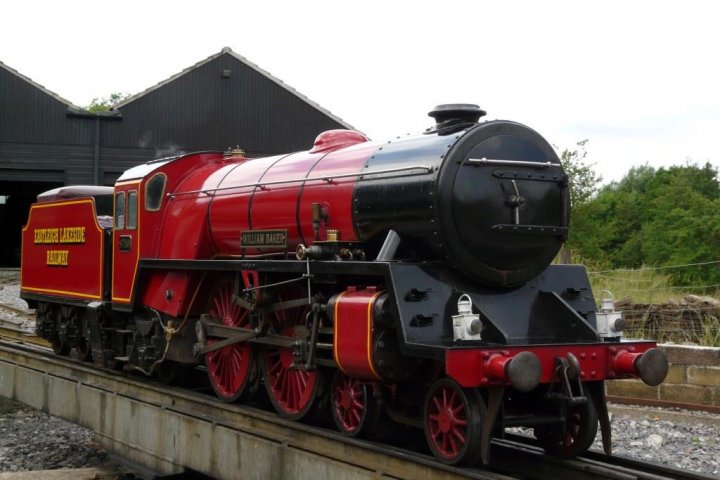


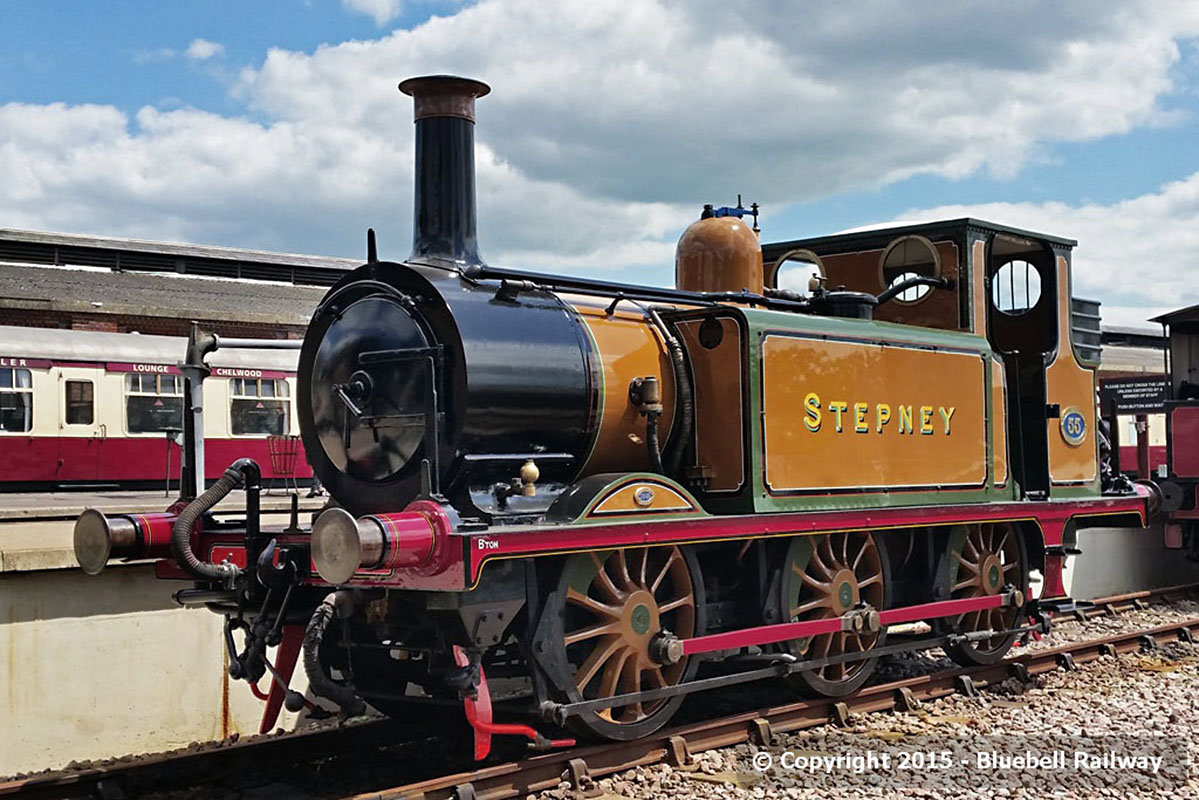
I now predict a slew of beautiful American Locomotives and an equal number of ugly British ones for my sins!
In reply to Adrian_Thompson :
Yeah, what you want to look for is "Daylight Locomotives" if you want to see prettier ones.

In reply to Adrian_Thompson :
I've always thought British locomotives were a bit too funky for my taste. And the examples of American equipment I posted were because of their strangeness.
I have always been a fan of Pennsylvania Railroad locomotives, which I like because of their utilitarianism, although some, like the K4s had a nice bit of elegance to their ruggedness

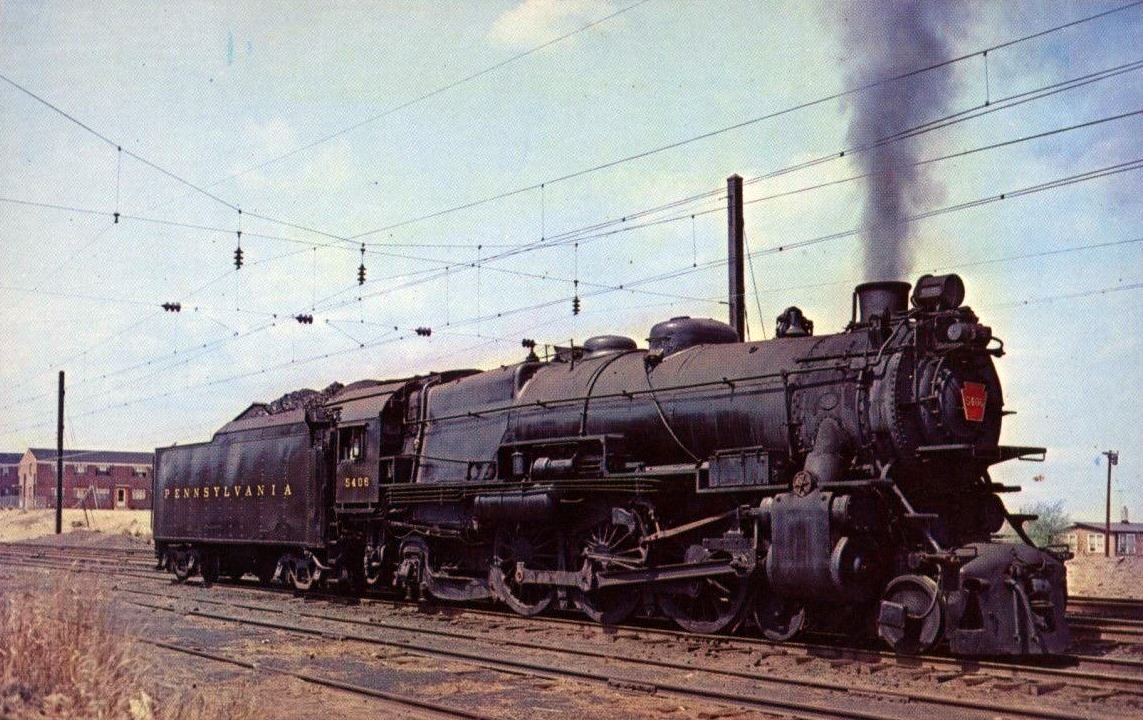

They aren't all gussied up, but there is enough there to tell you, this is an locomotive built for going fast
I always thought the New York Central's locomotives were either terribly plain, or downright hideous (their big 4-8-4s, for example) but the streamlined 20th Century Limited was a great design

Anything Texas & Pacific is fine by me.
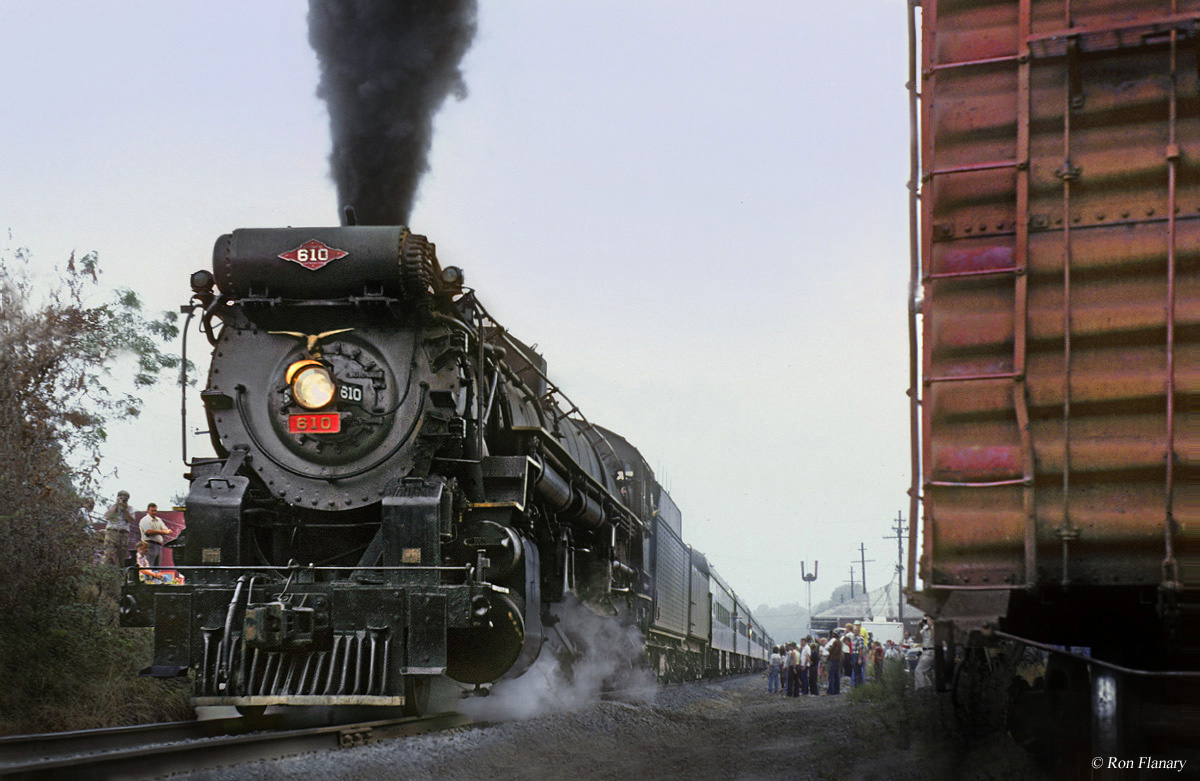
Norfolk & Western's J-class were also staggerinly beautiful and stout performers

Pere Marquette, as well as Nickel Plate, built classic, quintessential American steam locomotives in their Berkshire-class engines. Functional, but clean and well-proportioned

Union Pacific , on the other hand, gets lauded on so much, but I always thought all their engines were hideous.
2_3 said:
Remember when this pic caused a lot of interest a few weeks ago and no one could identify it. I got as far as possibly Fiat based but that was it. Well, I went searching and asking on RetroRides and they found it. May I present to you a low volume Argentinian car the Verela Berlineta based on the Fiat 600.

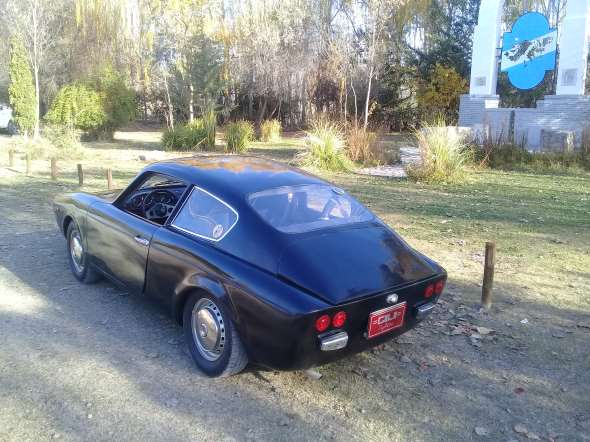
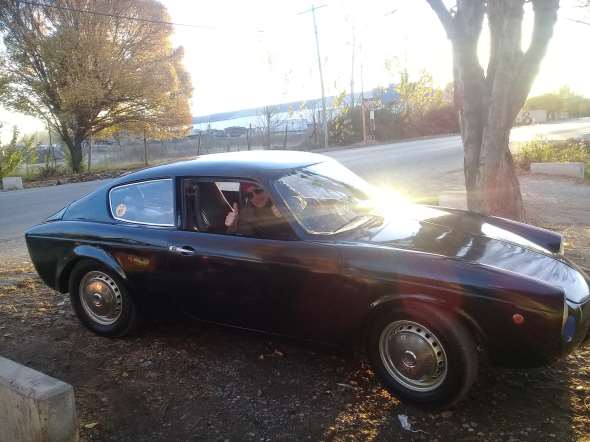
NickD said:Union Pacific , on the other hand, gets lauded on so much, but I always thought all their engines were hideous.
Yeah, who wants to see all that silly mechanical stuff. Put a cover on it for gosh sakes!
Ewwww, close that lid, that's discusting!!!:

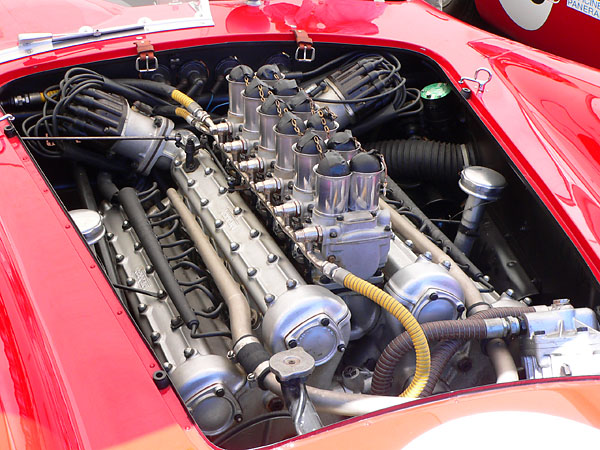
![]()
When I think of beautiful locomotives, the Mallard comes to mind. For America, I look no further than the Milwaukee Road's Hiawatha.
Appleseed said:When I think of beautiful locomotives, the Mallard comes to mind. For America, I look no further than the Milwaukee Road's Hiawatha.
Now that is magnificent. An Art Deco beauty that would give a steam punk convention multiple orgasms.
Heyyyyyyyyyyyyyyyyy.... I got an idea--let's pitch steam locomotives as the only "green" rail alternative since they can burn a renewable resource (wood) and maybe we can look forward to a resurgence in big, heavy classic iron! :)
Did we ever figure out what those tools were that looked like knitting needles without the hooks on the end from that other thread?
I don't think we did.

In reply to Adrian_Thompson :
He was in art school in Mexico City at that time.
This one is late 70s or early 80s. Edit: 1985.
You'll need to log in to post.